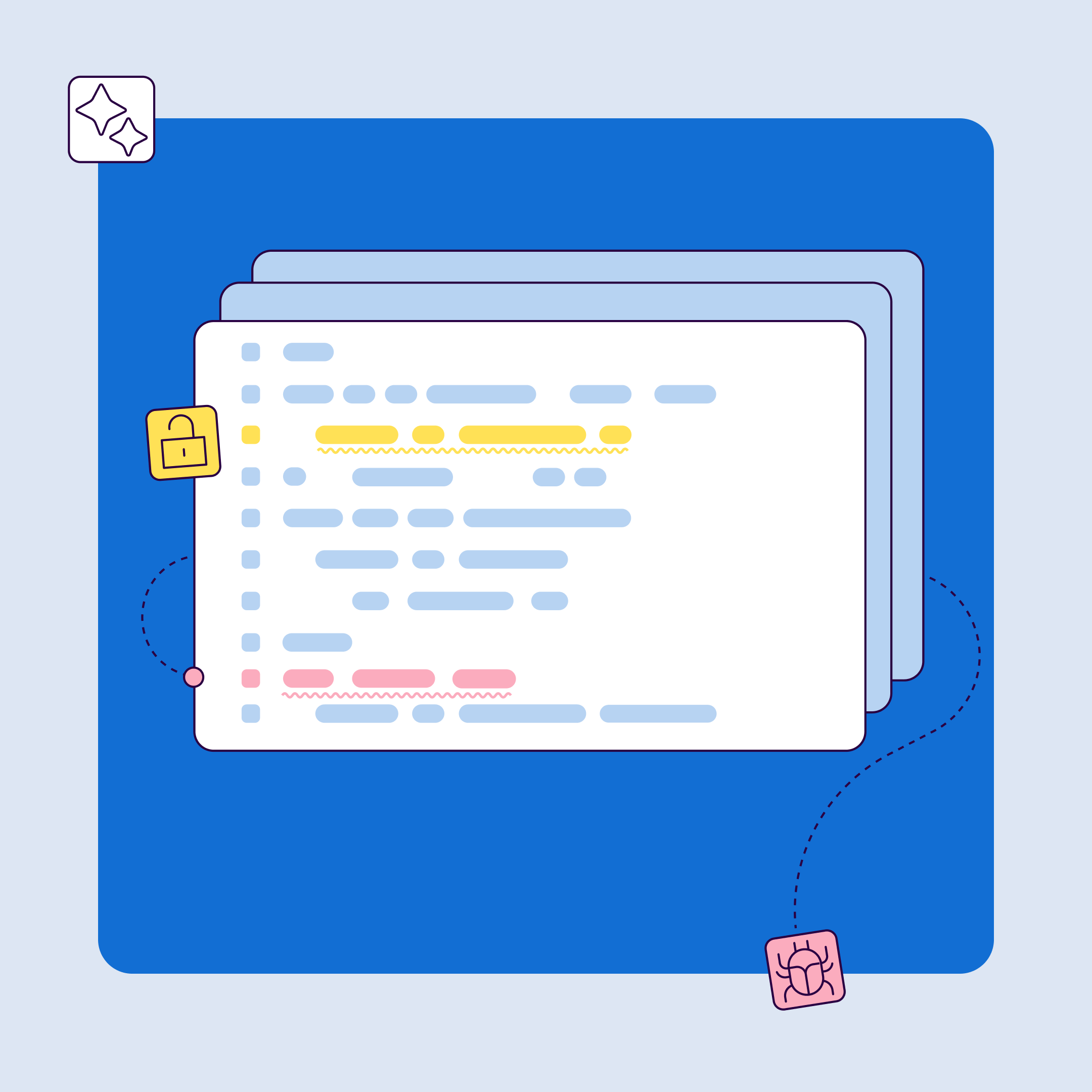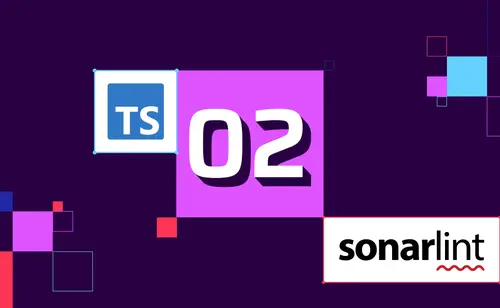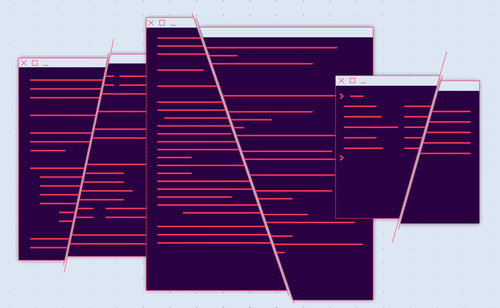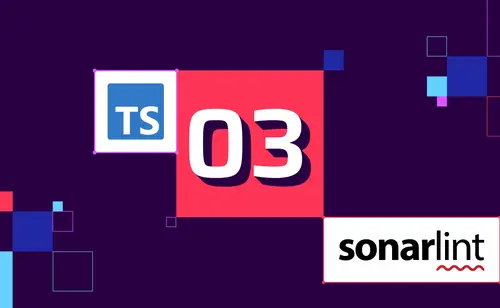Sonar's latest blog posts
Solving the Engineering Productivity Paradox
Sonar CEO, Tariq Shaukat, shares how AI-generated code absolutely must be reviewed before it's merged into your codebase, and how SonarQube can help.


Celebrating International Women's Day with the women of Sonar
Sonar is celebrating International Women's Day (March 8) with interviews from women across our many teams about their careers in technology.
Read Blog post >

SonarQube Server LTS Upgrade Checklist
A checklist to help you upgrade to SonarQube Server LTS
Read Blog post >
Get new blogs delivered directly to your inbox!
Stay up-to-date with the latest Sonar content. Subscribe now to receive the latest blog articles.

Common TypeScript Issues Nº 2: non-empty statements
We crunched the data from SonarQube for IDE to discover the top 5 most common TypeScript issues. In this 5 part series, we outline each issue and how to avoid it.
Read Blog post >

Empowering weak primitives: file truncation to code execution with Git
Let's dive into how a seemingly minor code vulnerability can hide a critical impact!
Read Blog post >

Clean Code: The Best Approach to Writing Secure Cloud Native Apps
With Sonar and the Clean as You Code methodology, developers can directly impact the security of the cloud native apps they create.
Read Blog post >

Common TypeScript Issues Nº 3: unused local variables and functions
We crunched the data from SonarQube for IDE to discover the top 5 most common TypeScript issues. In this 5 part series, we outline each issue and how to avoid it.
Read Blog post >

Increase developer velocity today with Clean as You Code
The Clean as You Code methodology allows developers to keep working on new and interesting projects without sacrificing quality or getting bogged down in refactoring legacy code.
Read Blog post >

We are Sonar!
Culture is a key aspect of working at Sonar. It is our binding agent; it is what we value, what we believe in, the way we work, and the way we interact. It is what makes us SonarSourcers!
Read Blog post >

Common TypeScript Issues Nº 4: Don't create and drop objects immediately
We crunched the data from SonarQube for IDE to discover the top 5 most common TypeScript issues. In this 5 part series, we outline each issue and how to avoid it.
Read Blog post >

Announcing SonarQube Server 9.9 LTS!
Big year, big announcement – the most anticipated SonarQube Server 9.9 Long-Term-Support release is here! Check out this post for all details.
Read Blog post >

Common TypeScript Issues Nº 5: Optional property declarations
We crunched the data from SonarQube for IDE to discover the top 5 most common TypeScript issues. In this 5 part series, we outline each issue and how to avoid it.
Read Blog post >
